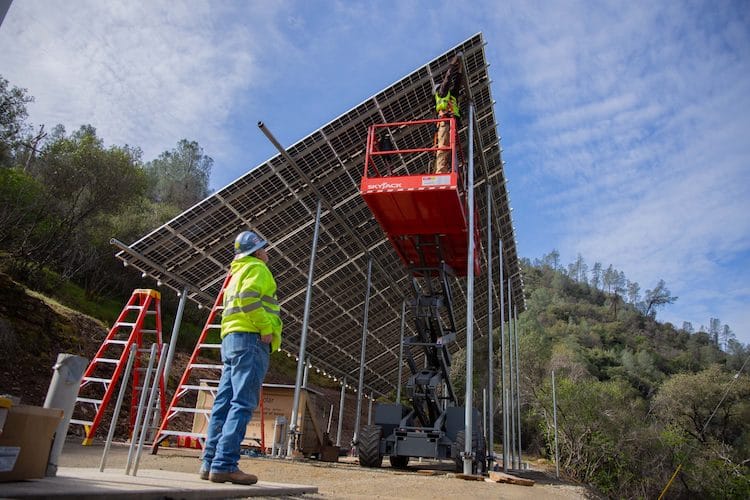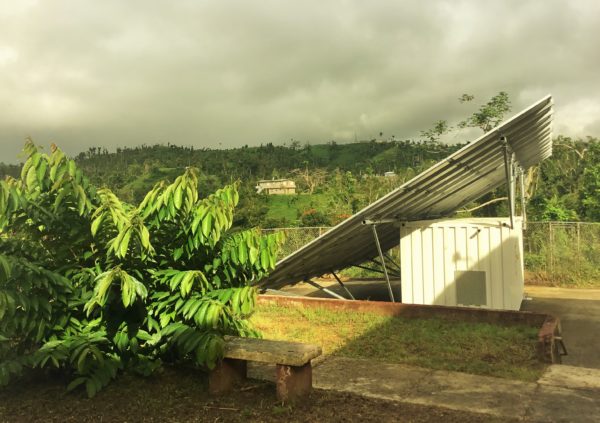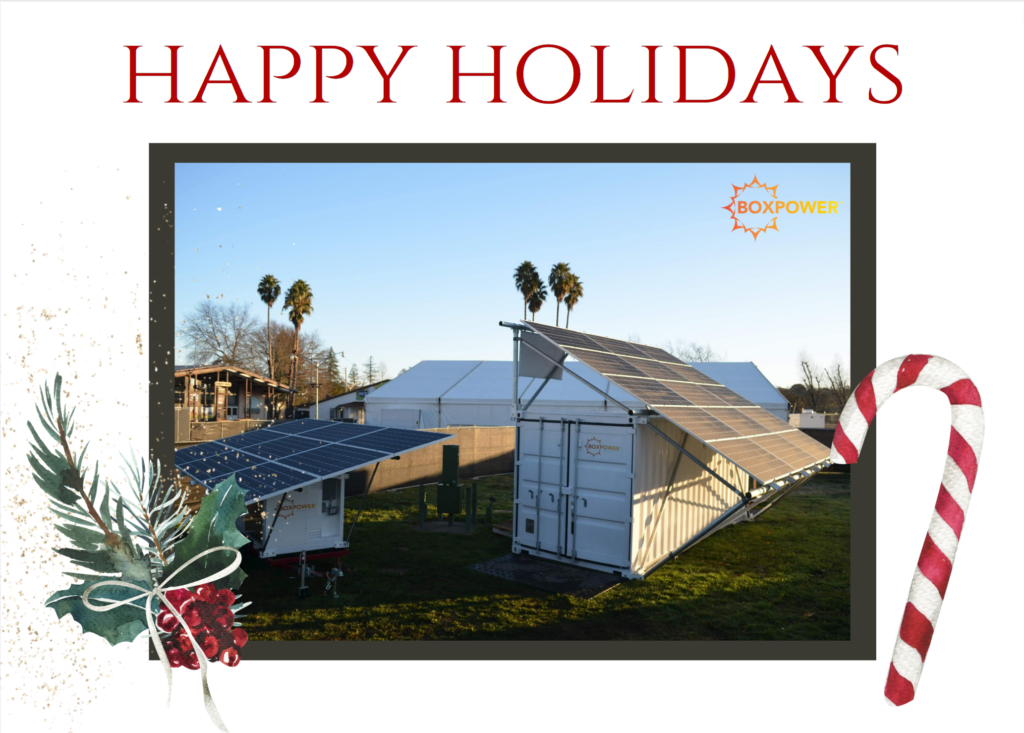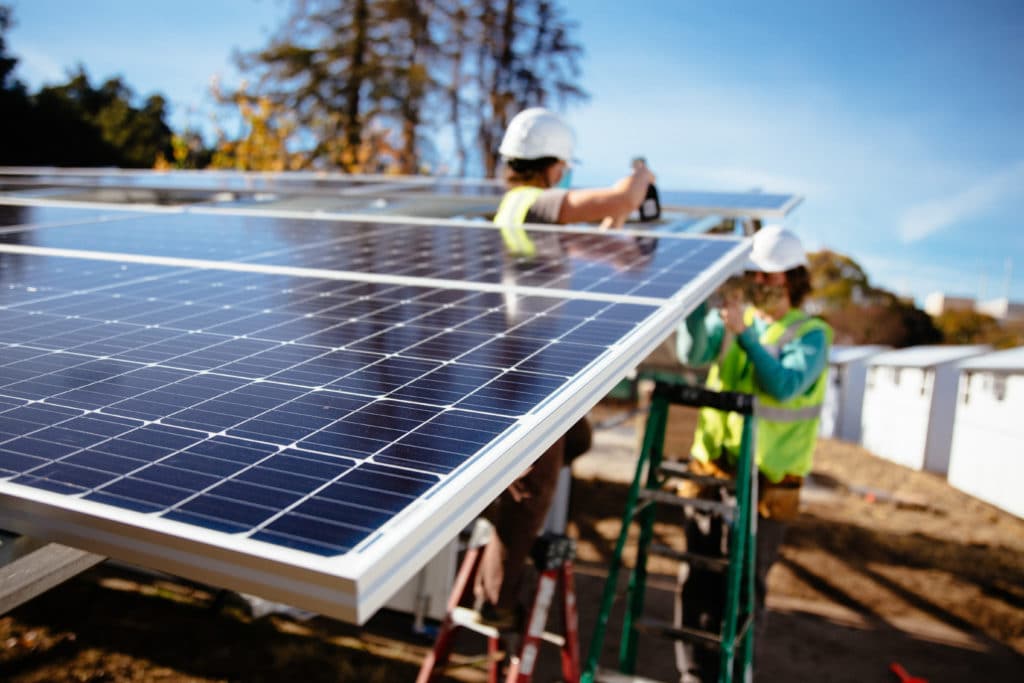What the IRA Means for Utility Remote Grid Projects
Significant funding through the Inflation Reduction Act (IRA) for rural electrification and clean energy has significantly reduced the cost of Remote Grid Standalone Power Systems, enabling cheaper and scalable Remote Grid deployments for more utilities.
New grant and funding programs included within the IRA now make it easier for both large and small utilities to develop solar and storage systems in remote areas, as many of them are dedicated to rural and underserved communities.
One of the largest components of the IRA is the extension of Clean Energy Investment Tax Credits (ITC), which now includes standalone battery storage. Here are some core benefits:
- Through 2035, utilities can save up to 30% of costs in the form of tax credits.
- Utilities that qualify can earn stackable bonus credits if the respective project is under 5 MW.
- Projects can earn an extra 10% in ITCs if they are located in a low-income community or Tribal land, or if it meets the IRAs domestic content requirements.
- Reinstated Production Tax Credits (PTC) associated with energy generated from renewable sources like solar, in which case the credit rate is 2.6 cents per kWh.
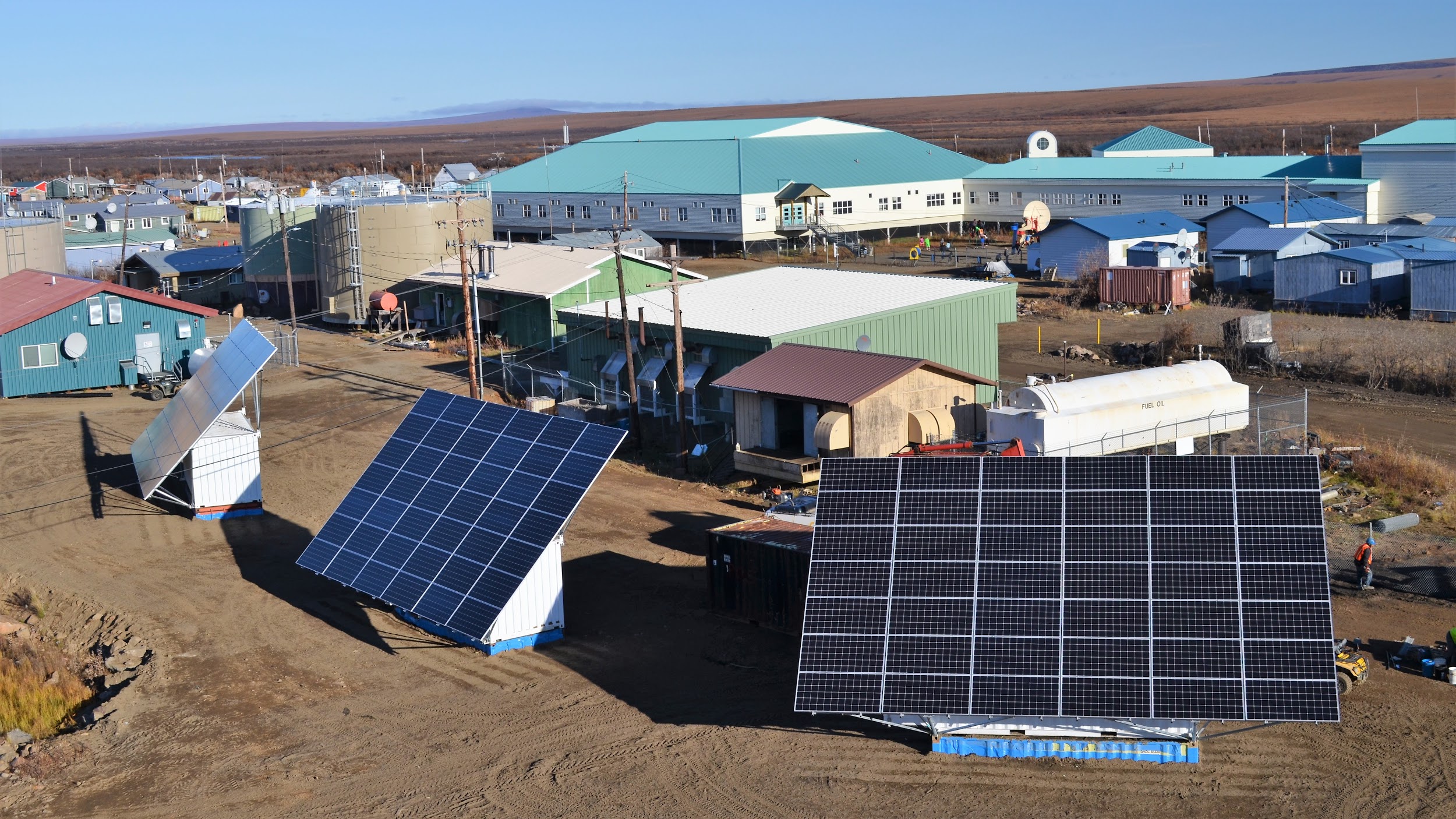
As a part of the IRA and the Infrastructure Investment and Jobs Act (IIJA), the Grid Deployment Office has put forth several grants related to grid resilience that can be leveraged for Remote Grid projects:
- Grid Resilience Formula Grants
- Invests $2.5 billion in states and Tribes to modernize grid infrastructure and increase renewable generation and distributed energy resources. Applicable uses under the program include a range of resiliency measures, which include the use or construction of microgrids and battery storage subcomponents, for enhancing system adaptive capacity during disruptive events.
- Grid Innovation Program
- Provides $5 billion in financial assistance to one or multiple states, Tribes, local governments, and public utility commissions to collaborate with electric sector owners and operators to deploy projects that use innovative approaches to transmission, storage, and distribution infrastructure to enhance grid resilience and reliability.
Talk with an expert about BoxPower microgrid solutions for utilities
The IRA and IIJA also include funding programs dedicated to electrifying rural and remote areas with clean energy. Similarly, these programs can subsidize the cost of deploying Remote Grids:
- Rural Renewable Energy Loan Program
- Provides $1 billion in guaranteed loan financing and grant funding to agricultural producers and rural small businesses for renewable energy systems or to make energy efficiency improvements.
- The Energy Improvement in Rural or Remote Areas Program
- Provides another $1 billion to rural and remote areas to improve resilience, safety, reliability, and availability of energy and increase environmental protection from adverse impacts of energy use, in coordination with the Department of Interior.
- Rural Energy for America Program
- Offers $2 billion in grants and guaranteed loans for developing clean energy systems and installing energy-efficient infrastructures such as lighting, insulation, cooling, and more to farmers, ranchers, and rural small businesses.
Rather than the traditional utility model of building and maintaining costly and sometimes risky distribution lines, utilities can instead leverage these sources of funding to give rural regions clean and resilient solar standalone power systems. These programs, combined with the fact that microgrids already can be more cost effective than replacing or hardening rural distribution lines, makes deploying Remote Grids in high fire-threat zones even more financially attractive to utilities in the Western U.S.
The IRA and the IIJA are historic in the sense that they are the two of the largest investments in the fight against climate change ever made by the United States. While remote microgrids have a great track record in providing clean and resilient energy already, the many financial incentives towards solar plus storage deployment will allow both small and large utilities to take on many more of these new projects in the future.
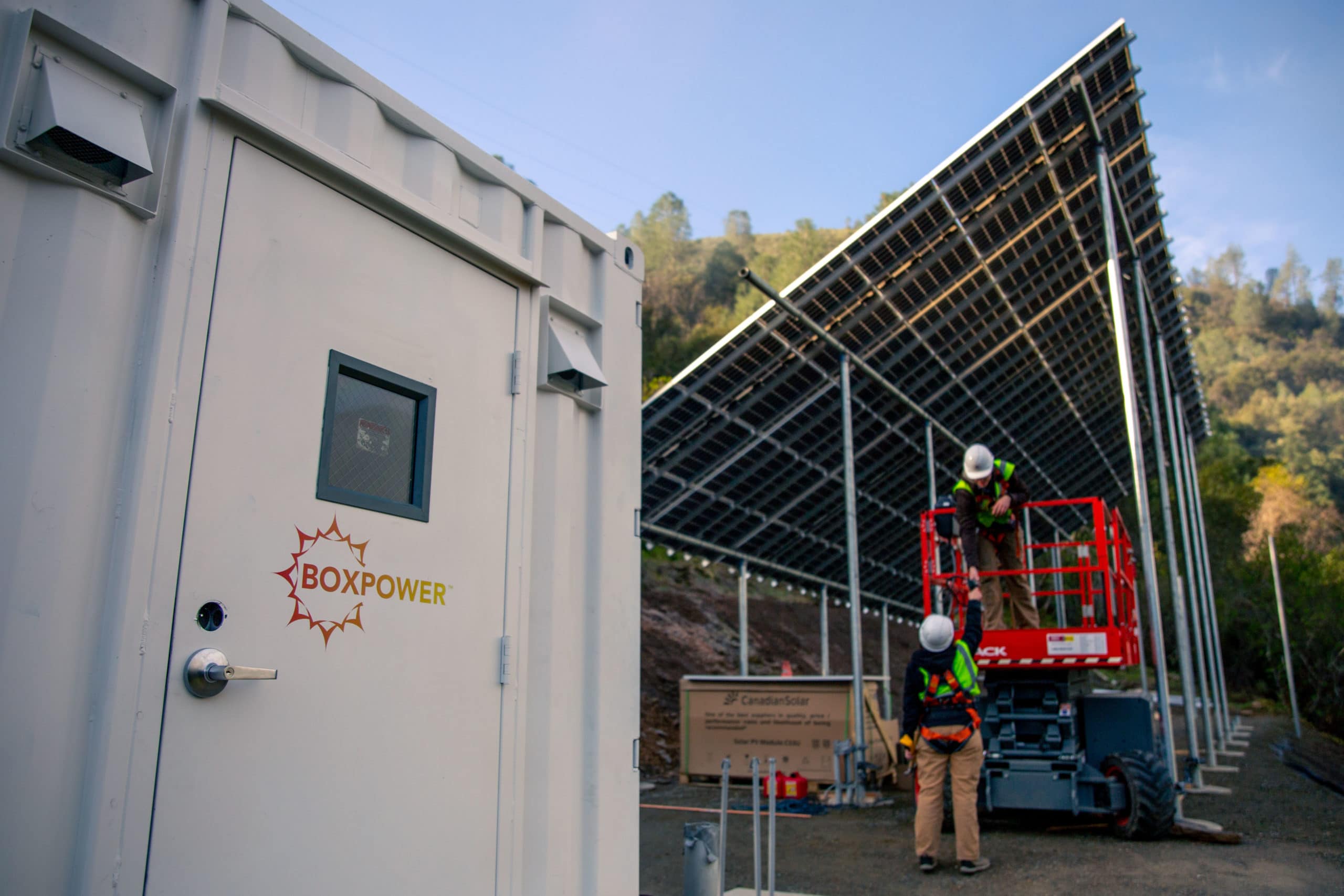
Microgrid Growth
Utilities are innovating with new service models that challenge the status quo of overhead distribution lines. In particular, utilities like Pacific Gas & Electric (PG&E), Liberty Utilities, and Southern California Edison (SCE) have turned to Remote Grid Standalone Power Systems as a safe, reliable, and cost-effective non-wires alternative for rural ratepayers.
These off-grid solar, battery, and backup systems are being deployed to mitigate the wildfire risk posed by bare powerlines in remote areas. At the same time, Remote Grid technology helps utilities provide more reliable power to their ratepayers who experience the most outages. These systems are also cleaner and more economical than traditional utility services.
Despite the many benefits, Remote Grid solutions are still a relatively new idea for utility companies, and many have yet to adopt this service model due to knowledge gaps and financial uncertainty.
Have more questions about the IRA or Remote Grids? We’d love to hear from you!
Email us at [email protected]

